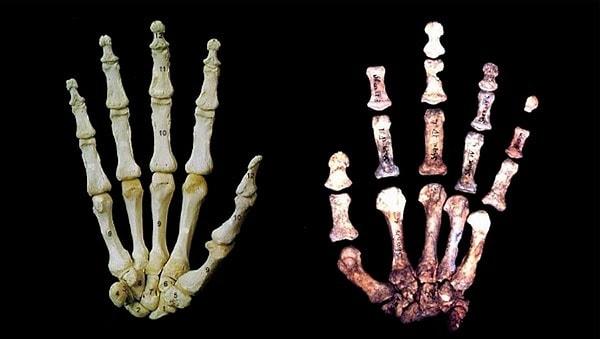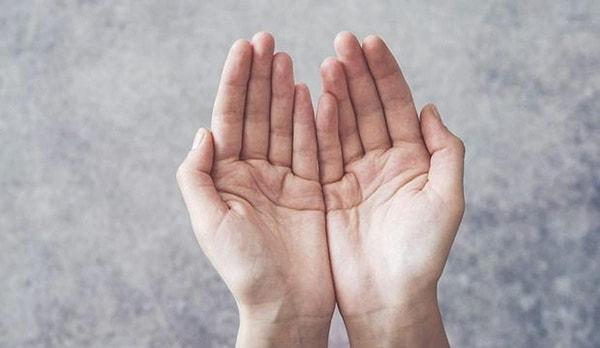What Do Your Hands Say About Your Health?
Since the time of Hippocrates, it has been recognized that our hands can reveal a lot about our health. In fact, if you notice certain changes in your hands, it is recommended to consult a doctor promptly, as these could be indicative of significant illnesses. Join us as we delve into the details and explore what your hands might be trying to tell you about your overall health.
Our nail health is more crucial than we might think.

Ancient Greek physicians first described 'nail clubbing' in a patient with empyema, a condition where pus fills the space between the lungs and the surrounding membrane. Clubbing is a condition in which the nail appears spoon-shaped. Today, clubbing is associated not only with empyema but also with conditions such as cystic fibrosis, liver cirrhosis, and thyroid disorders.
Another nail change indicating an underlying disease is Lindsay's nails.

This refers to a condition where one or more nails are half white and half reddish-brown. Approximately 50% of individuals with chronic kidney disease exhibit this type of nails. However, it can also be a sign of liver cirrhosis and Behçet's disease, a rare condition causing inflammation of blood vessels. Terry's nails, characterized by a ground glass appearance of one or more nails, may also indicate liver cirrhosis but is also associated with type 2 diabetes, kidney failure, and HIV.
Sometimes changes in nail color and pattern may not be alarming and could simply be signs of aging.

Neapolitan nails, named for three distinct color zones, are usually seen in individuals aged 70 and above and are not a cause for concern. Nails are not the only part of the hand that can indicate poor health. Palms can tell a story too. If your palms sweat unexpectedly, it may be due to faulty nerve signals causing overactive sweat glands. If this condition is benign, it is referred to as primary hyperhidrosis. However, unexplained sweaty palms could be a sign of thyroid issues.
Another concerning change in the palms is the appearance of small red or purple color changes on the palms and fingers.

This could be a sign of bacterial endocarditis, an inflammation of the inner lining of the heart with a high mortality rate. These color changes come in two forms: Osler's nodes and Janeway lesions. Osler's nodes are typically painful red nodules appearing on the fingers for hours or days. Janeway lesions, on the other hand, are irregularly shaped, variable in size, often found on the palms, and painless, lasting from a few days to a few weeks. Both patterns on the palms are severe and require urgent medical intervention.
Another one is feeling tingling sensations in the hands.

If you experience persistent tingling in your hand, it could be a symptom of carpal tunnel syndrome. In this condition, a major nerve in the wrist is compressed, leading to numbness, tingling, or pain. It usually heals without treatment, but a wrist brace can help alleviate pressure on the nerve. People who are overweight or pregnant are at risk of carpal tunnel syndrome.
Tingling in the hands can also be a sign of diabetes.
Elevated blood sugar in diabetes can cause nerve damage, manifesting as tingling or numbness in extremities like the hands. This condition is called 'diabetic neuropathy.' Everyone experiences tingling at some point, but if it occurs frequently or for an extended period, it's advisable to consult a doctor.
The length of your fingers can provide clues about certain diseases.

The length of the index and ring fingers differs between men and women. In women, they are usually of equal length, but in men, the ring finger is typically longer than the index finger. This is believed to be related to exposure to hormones in the uterus. The longer ring finger and index finger relationship is associated with better performance in many sports in both men and women.
However, it may also be associated with an increased risk of developing knee and hip osteoarthritis in women.

You cannot change the length of your fingers, but you can help prevent osteoarthritis by maintaining a healthy weight, staying active, and keeping your blood sugar under control. In fact, by adhering to these recommendations, you can prevent most diseases.
What do you think? Let's meet in the comments!
Keşfet ile ziyaret ettiğin tüm kategorileri tek akışta gör!


Send Comment